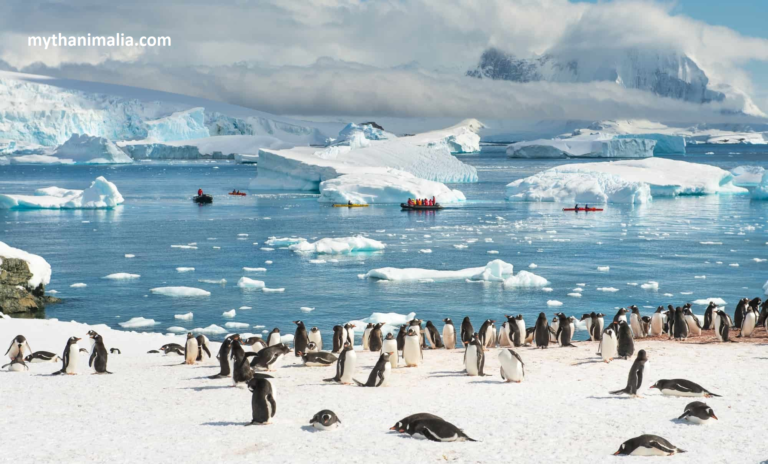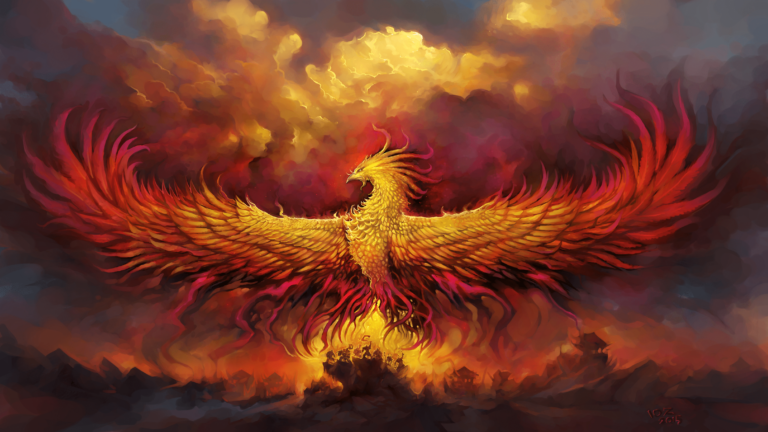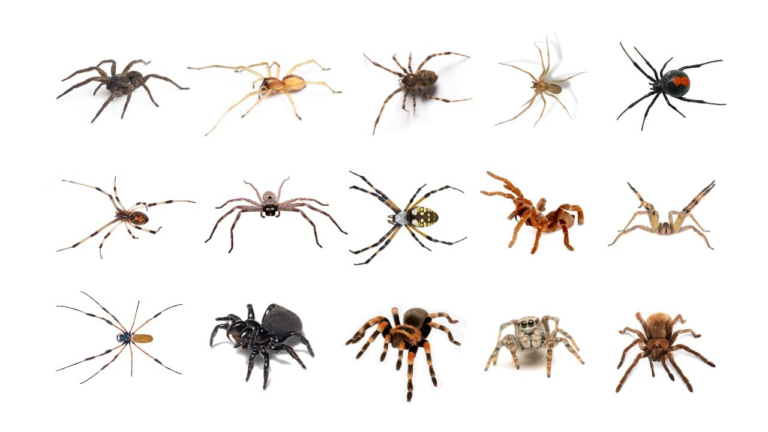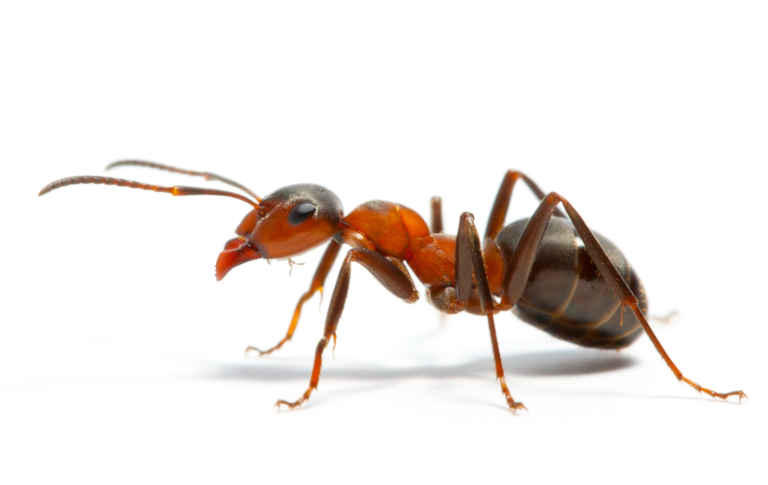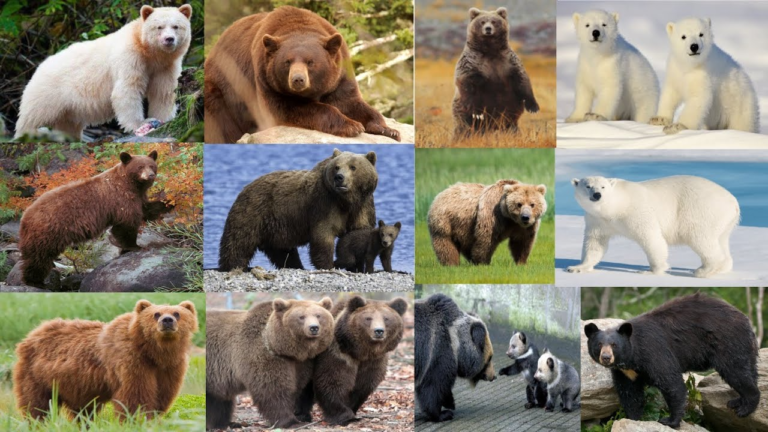Death Valley Wildlife Animals & Plants
Death Valley wildlife, a seemingly barren desert, lies in a unique and thriving ecosystem that defies the odds. We will explore the captivating world of Death Valley wildlife, where extremities of climate give rise to a remarkable array of flora and fauna.
Unique Ecosystem of Death Valley
Death Valley’s extreme climate creates a challenging yet fascinating environment for its wildlife. The scorching temperatures and arid conditions have sculpted a distinctive ecosystem, where only the most resilient species can endure.
Flora in Death Valley
Contrary to its barren appearance, Death Valley boasts a surprising variety of plant life. Succulents, such as the Desert Gold poppy, and creosote bushes have evolved ingenious adaptations to thrive in the arid desert, making Death Valley a botanical wonder.
Fauna in Death Valley
The wildlife of Death Valley is equally impressive, with species specially adapted to the harsh conditions. From the elusive kit fox to the iconic bighorn sheep, these animals have developed unique traits to withstand the challenges posed by the desert environment.
Challenges Faced by Wildlife
Despite their adaptations, Death Valley’s wildlife faces challenges, primarily due to water scarcity and human activities. The delicate balance of this ecosystem is disrupted by factors that threaten the survival of these remarkable species.
Nightlife in Death Valley
As the sun sets over the desert, a different world comes to life in Death Valley. Nocturnal species, adapted to the cooler nighttime temperatures, showcase a fascinating array of behaviors for those willing to explore the park after dark.
Conservation Efforts
Recognizing the importance of preserving this delicate balance, various conservation initiatives have been undertaken. From habitat restoration projects to educational programs, efforts are underway to safeguard the unique biodiversity of Death Valley.
Notable Wildlife Species
Among the stars of Death Valley’s wildlife are the desert tortoise, Death Valley Pupfish, and the sidewinder rattlesnake. Each plays a crucial role in maintaining the ecological equilibrium, contributing to the intricate web of life in this unforgiving environment.
- Desert Bighorn Sheep
- Sidewinder Snake
- Kit Fox
- Kangaroo Rat
- Death Valley Pupfish
1- Desert Bighorn Sheep
Highlighting the majestic desert bighorn sheep and its significance as a symbol of endurance in Death Valley, the desert bighorn sheep (Ovis condenses nelsons) stands as a testament to nature’s ability to adapt and thrive in the face of adversity. This iconic species, with its majestic horns and resilient spirit, plays a vital role in the delicate ecosystem of Death Valley.
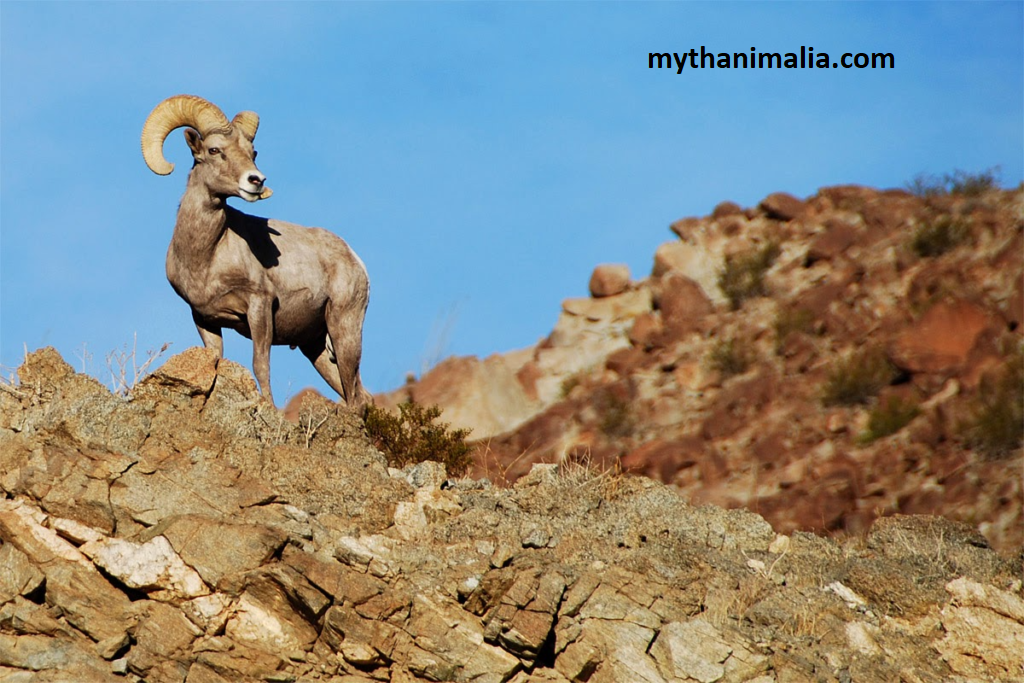
2- Sidewinder Snake
The unique sidewinder snake has a distinctive way of moving called side winding. This allows it to navigate the hot desert sands more easily. In Death Valley, a distinctive side-winding motion creature navigates the extreme terrain—the sidewinder snake (Crotalus cerastes).
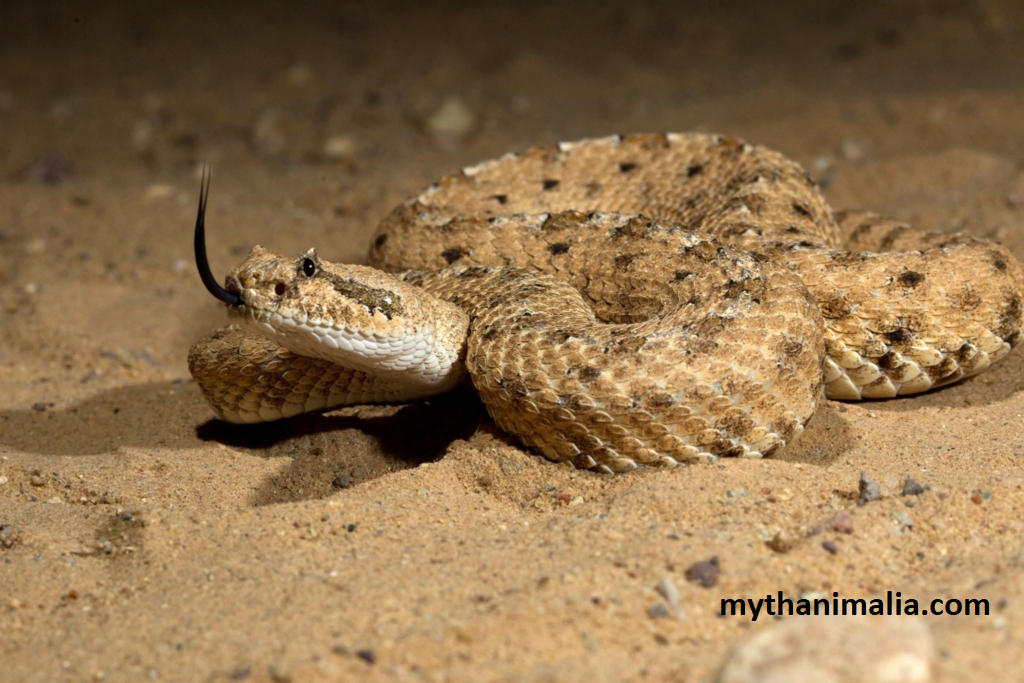
3- Kit Fox
Let’s take a closer look at the amazing kit fox, who’s a true champion in surviving in Death Valley’s harsh and dry terrain. In Death Valley, the kit fox (Vulpes macrotis) stands out as a small yet formidable predator.
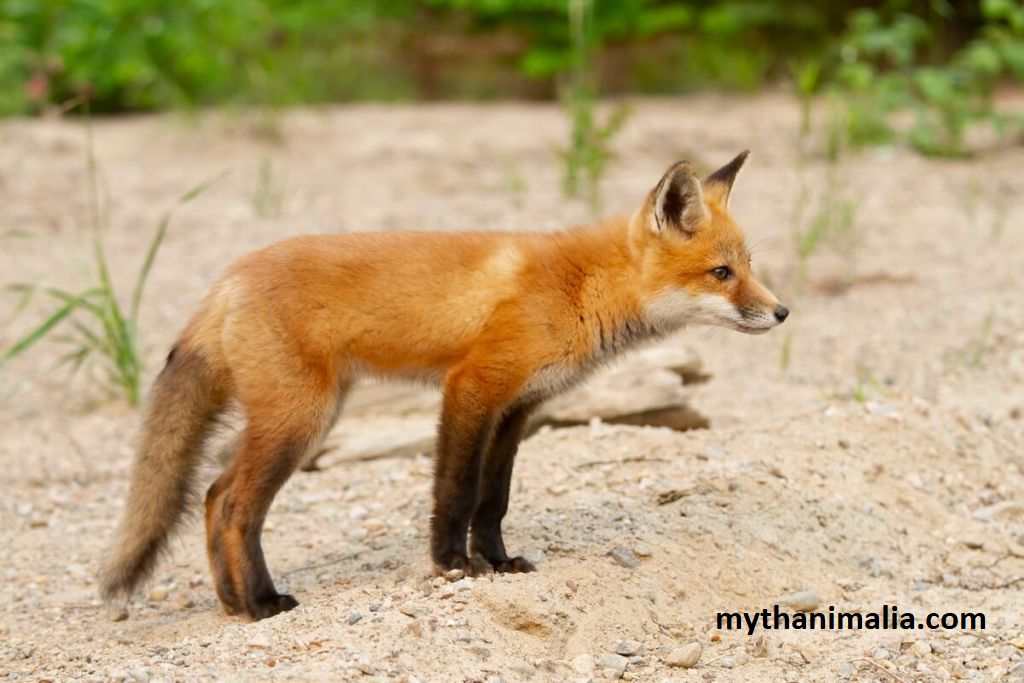
4- Kangaroo Rat
Shedding light on the nocturnal kangaroo rat and its remarkable ability to thrive with minimal water consumption. In Death Valley, the kangaroo rat (Diplomas) emerges as a fascinating creature, perfectly adapted to the challenges of desert life.
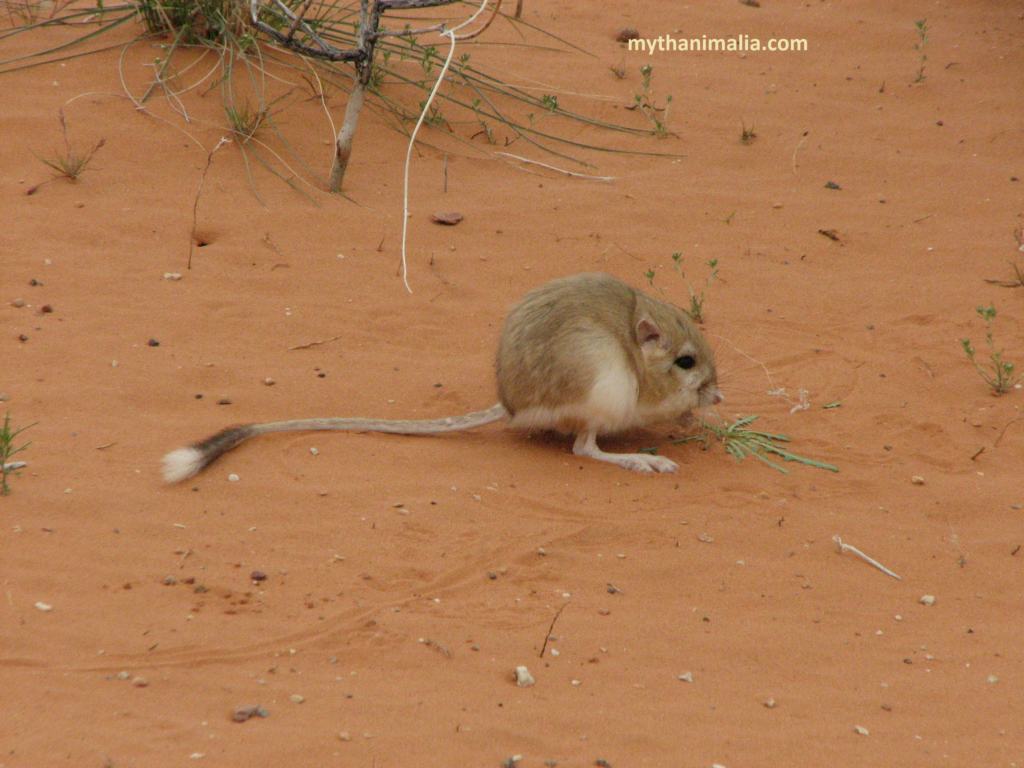
5- Death Valley Pupfish
Exploring the endangered Death Valley pupfish, is a testament to the adaptability of life in extreme environments. Death Valley, a true survivor, the Death Valley pupfish (Cyprinidae Salinas), thrives against all odds.
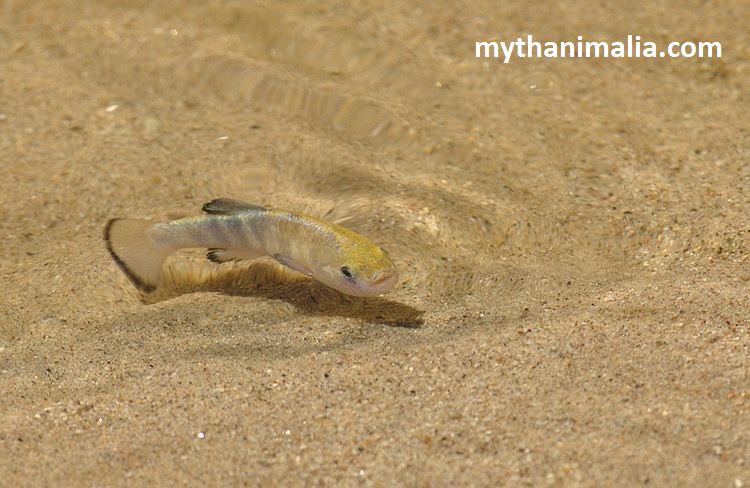
The Role of Weather Patterns
The dramatic temperature fluctuations in Death Valley significantly impact the behavior and distribution of wildlife. From hibernation strategies to migration patterns, these creatures have learned to adapt to the ever-changing conditions.
Tourism and Its Impact
As the allure of Death Valley’s unique ecosystem attracts tourists, responsible practices become essential. Striking a balance between exploration and conservation is crucial to ensure the continued well-being of wildlife and their habitats.
Adaptations of Wildlife
The adaptations of Death Valley’s wildlife are awe-inspiring. Over time, these species have evolved to cope with extreme conditions, showcasing nature’s remarkable ability to thrive even in the most challenging environments.
Biodiversity Hotspot
Death Valley emerges as a biodiversity hotspot, where the convergence of various ecological factors has led to the evolution of species found nowhere else on Earth. Preserving this hotspot is vital for the overall health of our planet’s biodiversity.
Research and Discoveries
Ongoing scientific research in Death Valley continues to unveil new insights into the biology and ecology of the region. Discoveries in recent years have expanded our understanding of how life persists in such an extreme environment.
Do birds live in Death Valley?
This wide habitat diversity leads to a subsequent diversity in the bird species found on the bird list. Death Valley and other valleys in the park are long north-south troughs just east of the Sierra Nevada range. Migratory birds are channeled into these valleys and stop at its desert oases and mountains.
Educational Programs
Educational initiatives play a pivotal role in creating awareness about Death Valley’s unique ecosystem. Engaging local communities and visitors alike fosters a sense of responsibility and appreciation for the delicate balance that sustains this remarkable wildlife.
Fascinating Facts about Death Valley Wildlife
Did you know that the pupfish, a tiny and resilient species, has adapted to survive in the saline waters of Death Valley? Such fascinating facts abound, underscoring the marvels of evolution and adaptation in this extraordinary environment.
Future Challenges and Solutions
The future presents challenges such as climate change and increased human impact. However, through sustainable practices, habitat preservation, and global collaboration, we can pave the way for the continued thriving of Death Valley’s unique wildlife.
FAQ’s
Q1- What Animals Thrive in Death Valley?
A1- Death Valley is home to a variety of animals, including Desert Bighorn Sheep, Kit Foxes, Coyotes, Sidewinder Snakes, and a diverse range of bird species adapted to extreme conditions.
Q2- How Do Plants Survive in the Harsh Desert Climate?
A2- Plants in Death Valley survive by developing deep root systems to access water, reducing leaf surface area to minimize water loss, and often going through periods of dormancy during extreme heat to conserve energy.
Q3- Why is Death Valley Wildlife Unique?
A3- Death Valley’s wildlife is unique due to its extreme heat and aridity adaptations. The flora and fauna have evolved specialized features that allow them to thrive in one of the harshest environments on Earth.
Q4- How Can Visitors Contribute to Conservation?
A4- Visitors can contribute to conservation by practicing responsible tourism, following Leave No Trace principles, staying on designated trails, and supporting local conservation initiatives. By minimizing impact, visitors can help preserve the delicate balance of Death Valley.

